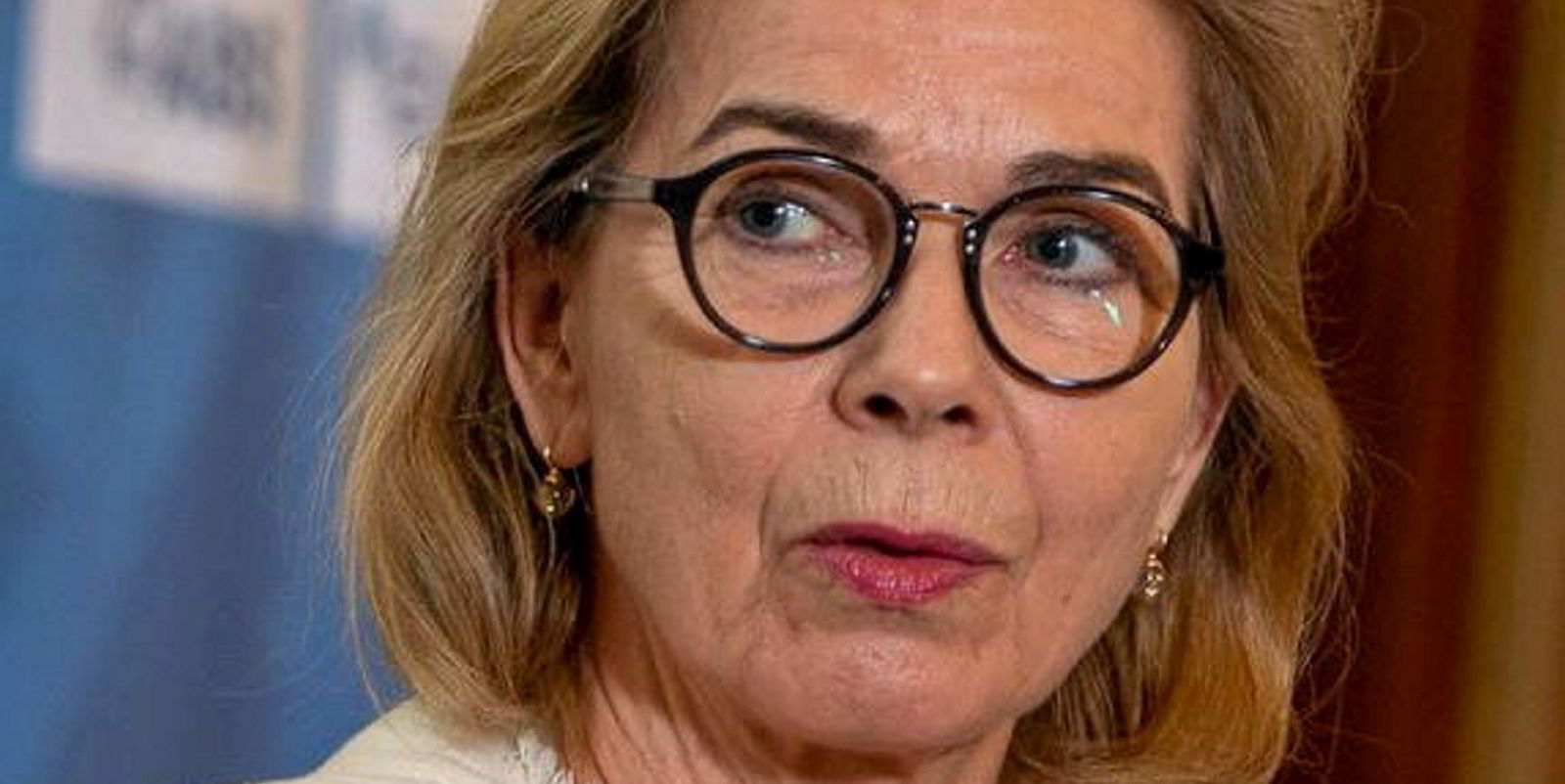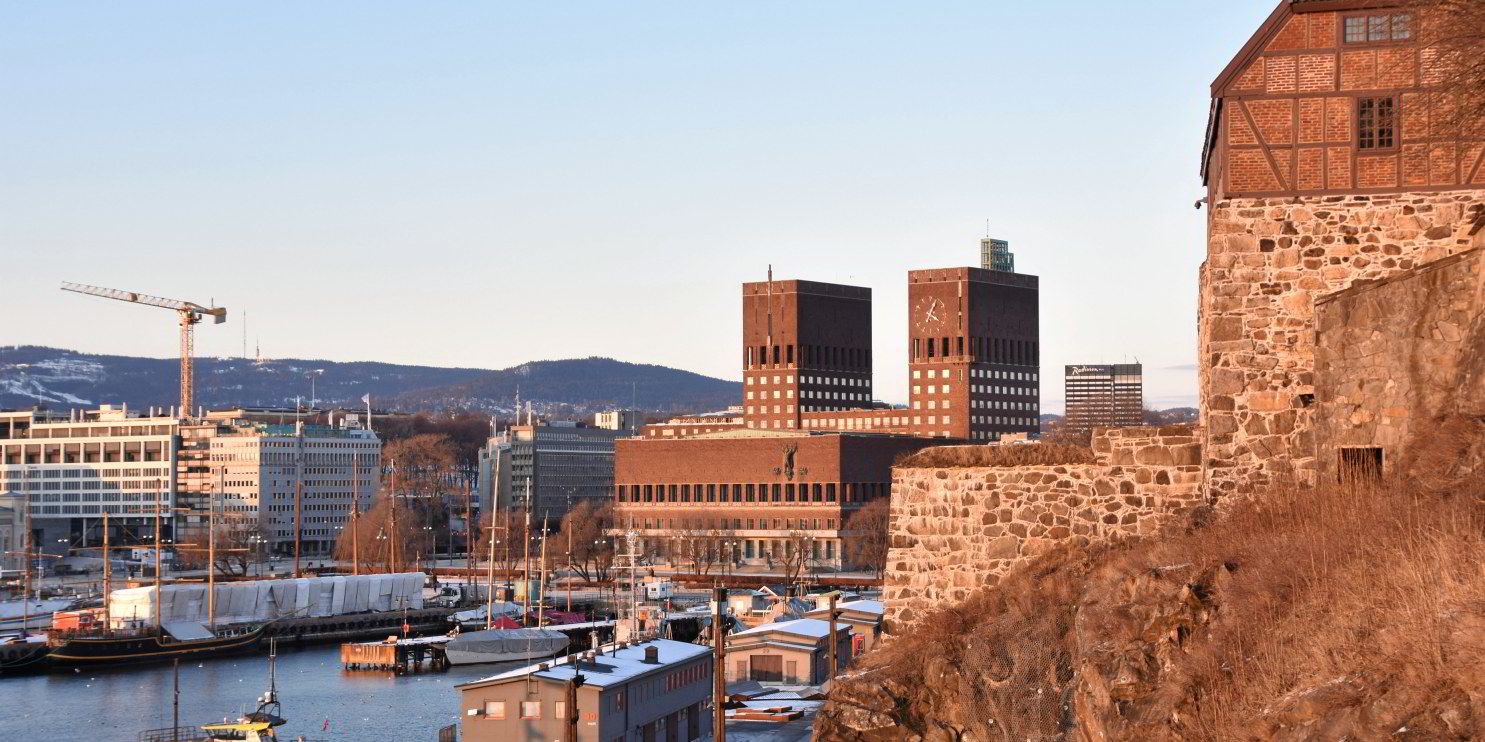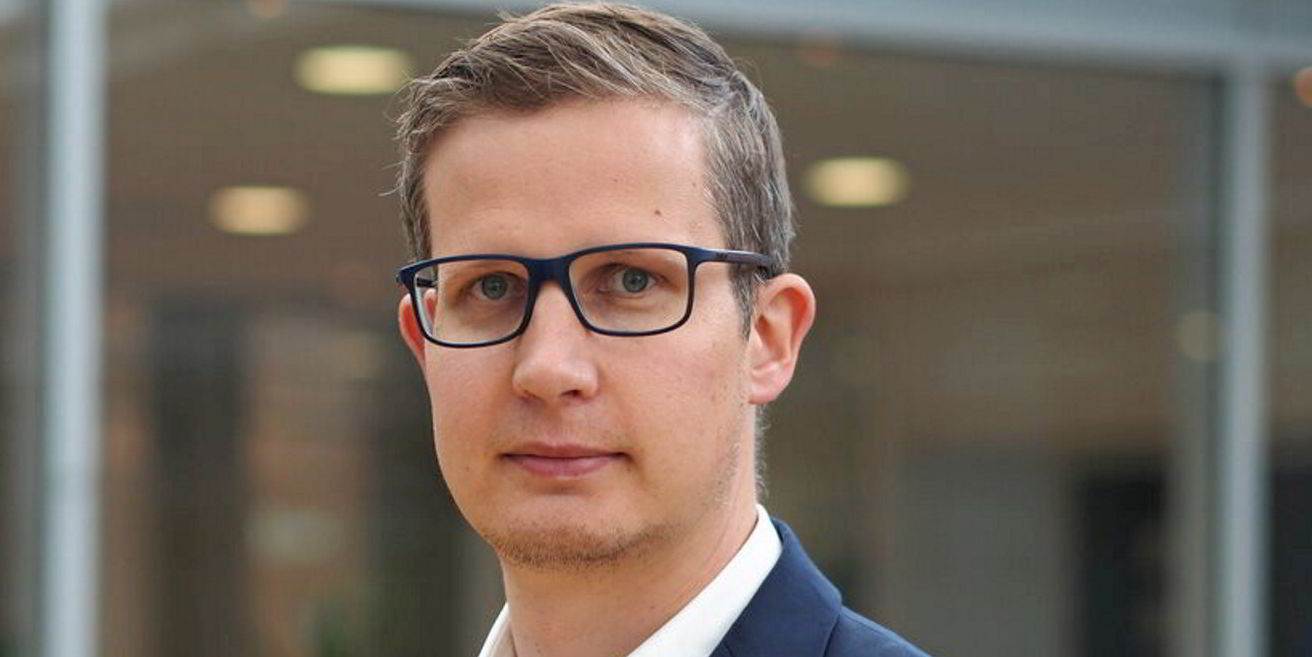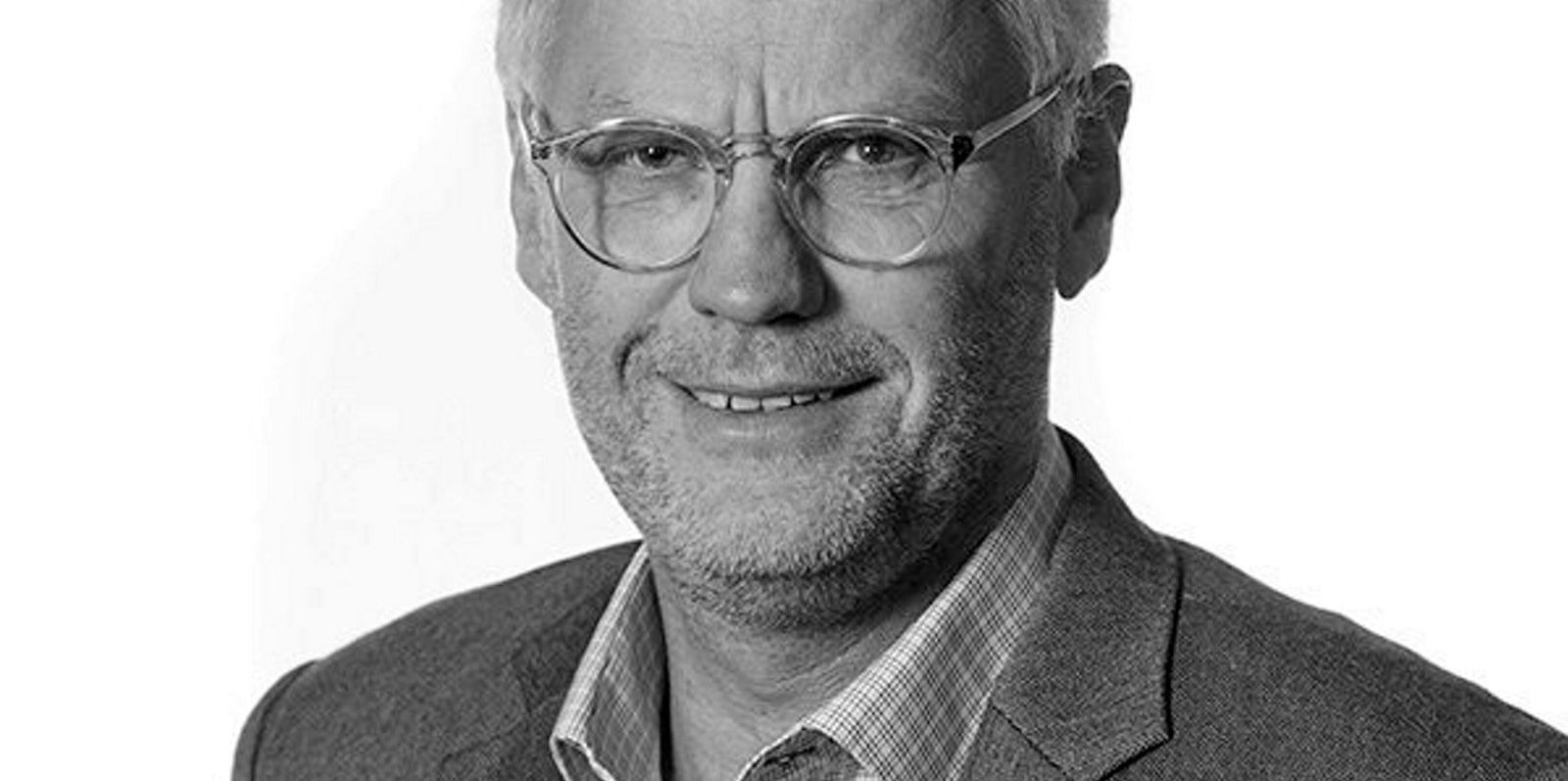A steady stream of shipowner executives is feeding Norway's green start-ups and state-owned enterprises.
As a result, the top management of the country's renewable-energy industry features familiar names, with technical and financial talent having made the switch from shipping to green fuels, wind technology and batteries.

In some cases, the connection is clear, as former shipping folk pitch green projects to their older colleagues, or when shipowners who are founders of or shareholders in renewables projects second staff to green subsidiaries.
In other cases, there has been a clean break and a new start.
'Part of the green shift'
Shipping veteran Steffen Foreid was chief financial officer at Hoegh LNG for 10 years. He now holds the same position at Freyr, a battery cell manufacturing project that is looking to build a huge greenfield factory at Mo i Rana, just south of the Arctic Circle.
"I wanted new challenges," he said. "It was just a personal choice. There had been a lot of talk about hydrogen and other new fuels and batteries. I wanted to be part of the green shift."
Foreid looks set to keep busy. Freyr is in the midst of a reverse-merger stock listing through US-listed special purpose acquisition company Alussa Energy Acquisition Corp.
"In Norway, we need new industries over time to take over from the oil and gas industry, so I think being part of that journey is something that appealed to me," he said.
Former banker Kristin Holth has a similar view.
The DNB Bank veteran has not left shipping as such. She was DNB's head of ocean industries before making the break to become a full-time board member with several shipowners and Norwegian equity player HitecVision, which funds shipping and energy ventures.
She thinks the mix of talents is a strength as old and new Norwegian industries intersect.
"That is a characteristic of the maritime cluster, that you have such a high level of knowledge, whether technical or financial," she told TradeWinds. "The people you see going from one industry to another is a strength of this cluster."
Ample sources of talent

A wide variety of shipowning and related enterprises serve as the source for talent, starting with the old Kvaerner team from before the Norwegian shipbuilding and industrial giant's takeover by Kjell Inge Rokke's Aker.
Torstein Dale Sjotveit, executive chairman and founder of Freyr, is Foreid's boss. He was previously chief executive of Aker Yards, once Europe's largest shipbuilder.
No surprise
It is not surprising if many Kvaerner veterans wound up in green energy. Engineers and finance people from the Kvaerner restructuring era are scattered all over the Norwegian business scene.
But others have a background with old-line family shipowning companies, including Hoegh, Klaveness and Wilh Wilhelmsen, which, like Stolt-Nielsen and Odfjell, have served as talent incubators.
And there are defectors or refugees from the Fredriksen group, which at times has been not so much an incubator as a centrifuge.
To take the example of floating wind power venture Oceanwind, general manager Geirmund Aasbo fits in two of those categories. He was in a parallel position to Foreid as former chief financial officer at Hoegh FLNG.
But, like Sjotveit, his resume dates back to Aker Kvaerner.
From the John Fredriksen sphere come two former chief executives familiar to readers of shipping news — Oscar Spieler and Birgitte Ringstad Vartdal.
Spieler headed Frontline Management and Golar LNG at different times before parting ways with Fredriksen. He is now executive chairman of US gas exporter Delfin Midstream and chairman of Quantafuel, a Norwegian venture that aims to make fuel from plastic waste.
Ringstad Vartdal served at the C level of Golden Ocean — Fredriksen’s dry bulk arm — for nearly a decade, first as chief financial officer and then as chief executive. That was until 2019 when she abruptly left to run European solar and wind at Norwegian state power company Statkraft, Europe’s biggest hydropower producer.
Ringstad Vartdal told TradeWinds at the time of her departure that it was not necessarily the end of her connection with shipping, and recent developments in Norwegian wind have begun to give that hint more definite shape.





